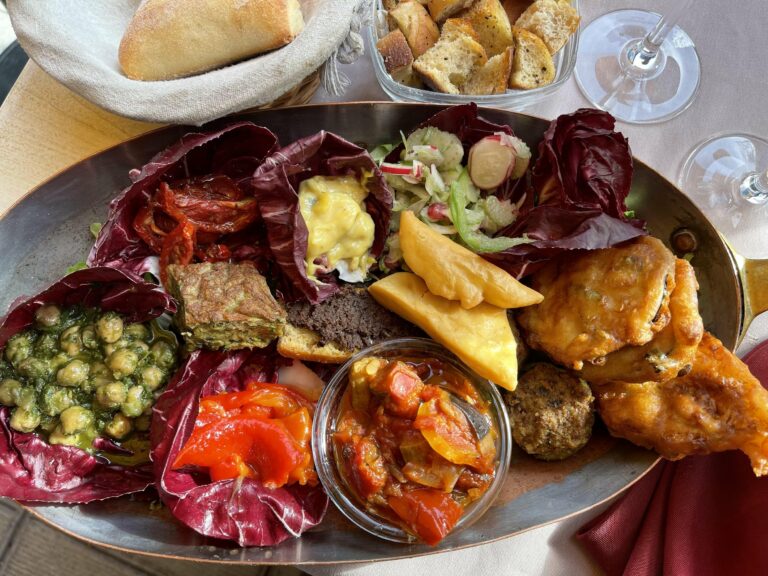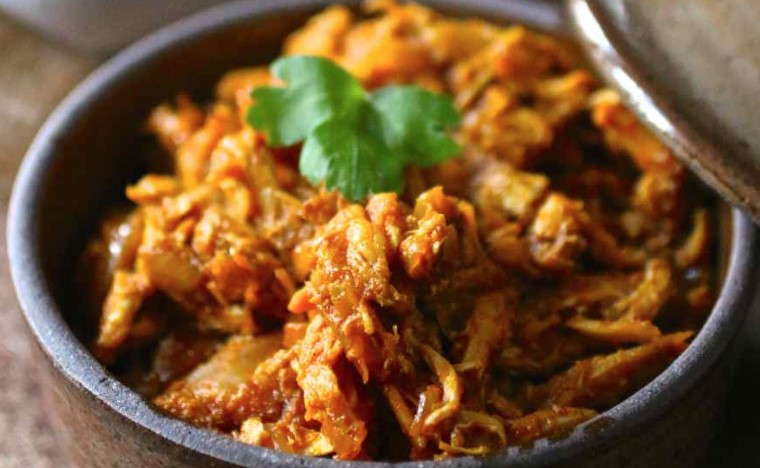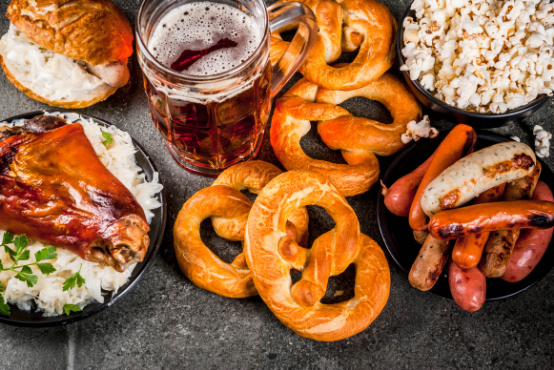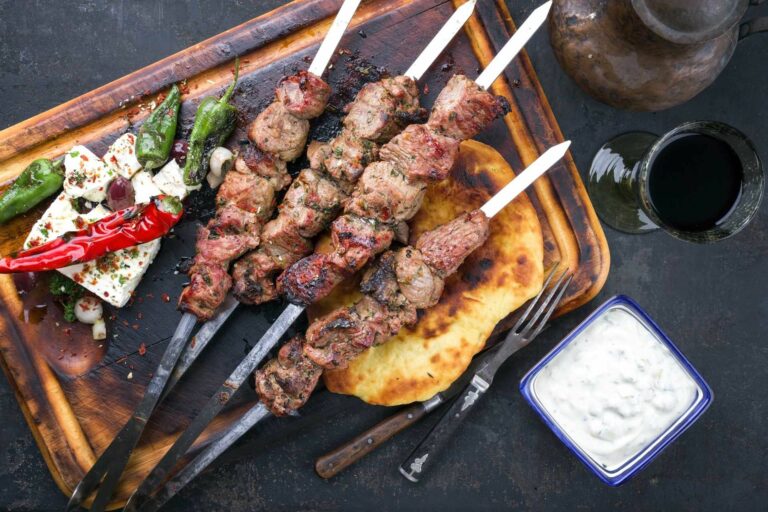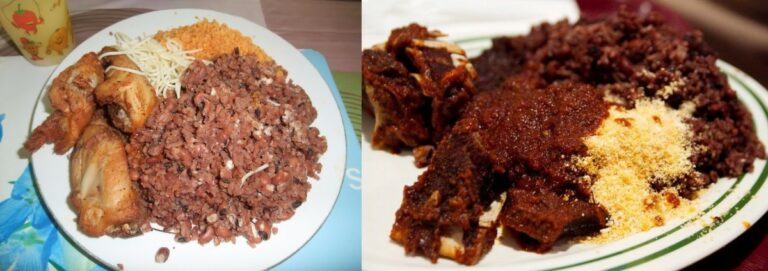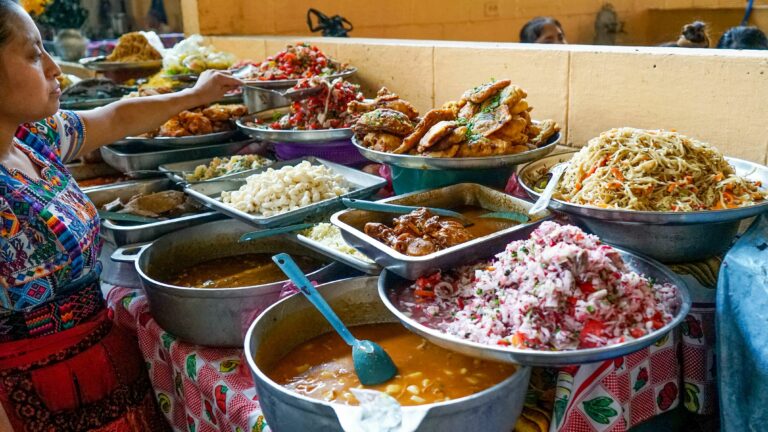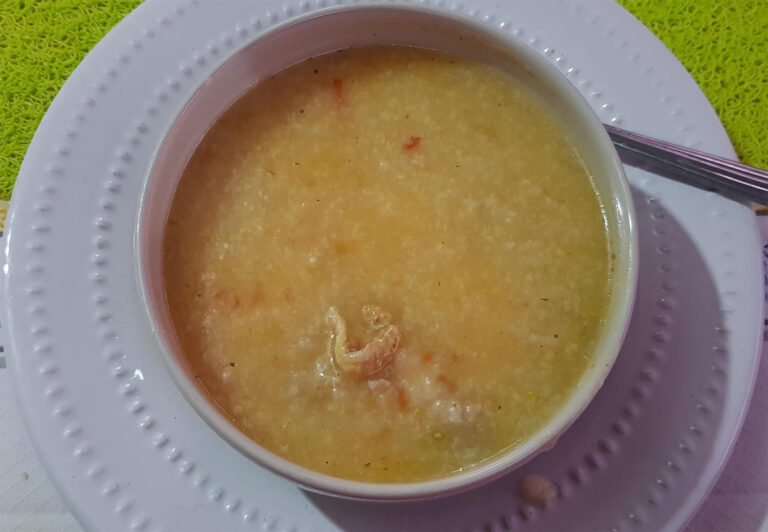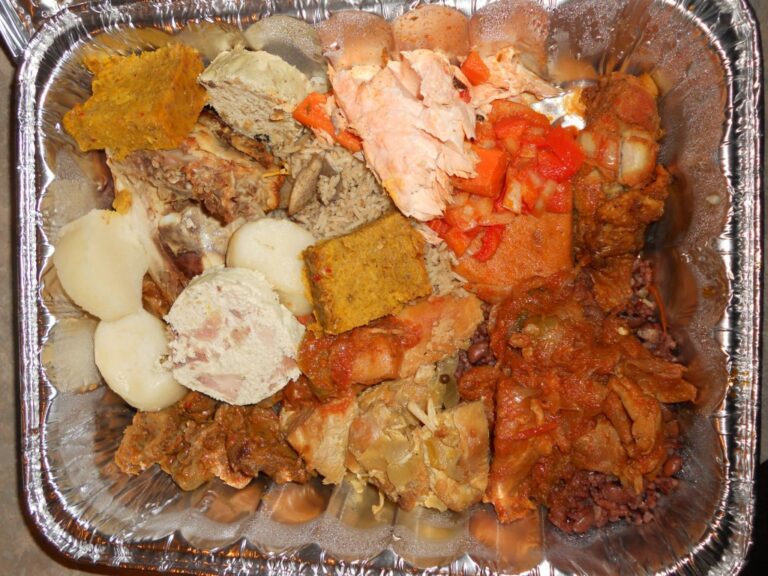Introduction: Exploring French Regional Specialties
When people think of French cuisine, they often picture delicate pastries, rich sauces, and decadent wines. However, the culinary landscape of France is incredibly diverse, with each region boasting its own unique ingredients, cooking techniques, and dishes. From the hearty stews of the North to the seafood-rich cuisine of the West, there is no shortage of regional specialties to discover in French cuisine.
The North: Flemish Influence and Bold Flavors
The Northern region of France is known for its hearty cuisine, which reflects the area’s proximity to Belgium and the Netherlands. Flemish influence is evident in the use of beer and hard cider in cooking, as well as the prevalence of dishes such as carbonnade (beef stew made with beer) and waterzooi (a creamy chicken or fish stew). The region is also famous for its bold, strong flavors, such as the pungent Maroilles cheese and the spicy mustard of Dijon.
The East: Germanic and Alsatian Cuisine
In the Eastern region of France, Germanic and Alsatian influences can be seen in the cuisine. Sauerkraut and charcuterie are staples of the region, as well as hearty dishes like baeckeoffe (a meat and potato casserole) and choucroute garnie (a sausage and sauerkraut dish). The area is also known for its wine production, particularly in the region of Alsace, where crisp white wines are a specialty.
The South: Mediterranean Influence and Rich Flavors
The South of France is heavily influenced by the Mediterranean, with an emphasis on fresh seafood, olive oil, and fragrant herbs like rosemary and thyme. Dishes such as bouillabaisse (a fish stew), ratatouille (a vegetable stew), and socca (a chickpea pancake) are typical of the region. The cuisine of Provence is particularly famous for its rich flavors, which are derived from the liberal use of garlic, tomatoes, and olives.
The West: Seafood and Butter Galore
The Western region of France is home to some of the country’s most famous seafood dishes, including moules frites (mussels and fries), oysters, and bouillabaisse. The use of butter is also prevalent in the cuisine of the West, particularly in the regions of Brittany and Normandy. Dishes such as crepes, galettes, and tarte tatin (an upside-down apple tart) are all made with generous amounts of this rich ingredient.
Conclusion: French Cuisine’s Regional Richness
From the pungent cheeses of the North to the fresh seafood of the West, French cuisine is notable for the diversity and richness of its regional specialties. Each area of France has its own unique ingredients, techniques, and flavors, which are a reflection of the region’s history, geography, and culture. Whether you’re a seasoned foodie or a curious traveler, exploring the regional specialties of French cuisine is an essential part of experiencing all that this country has to offer.

